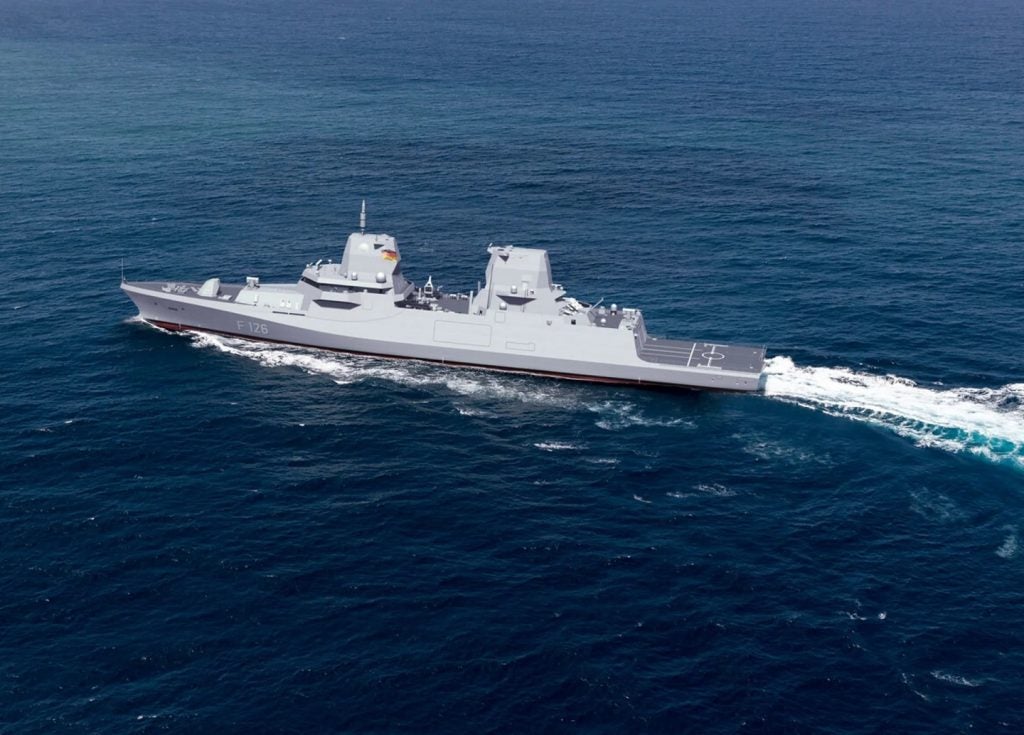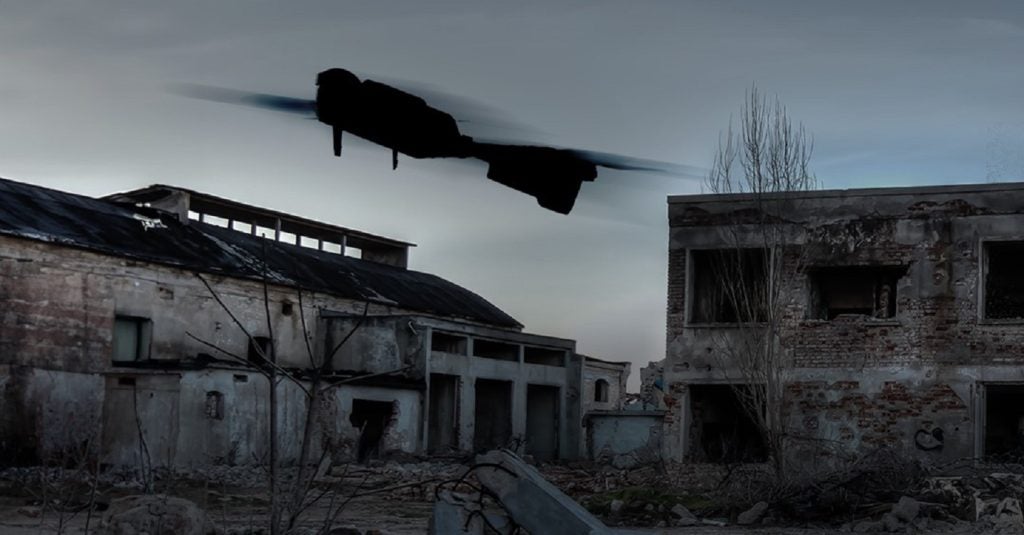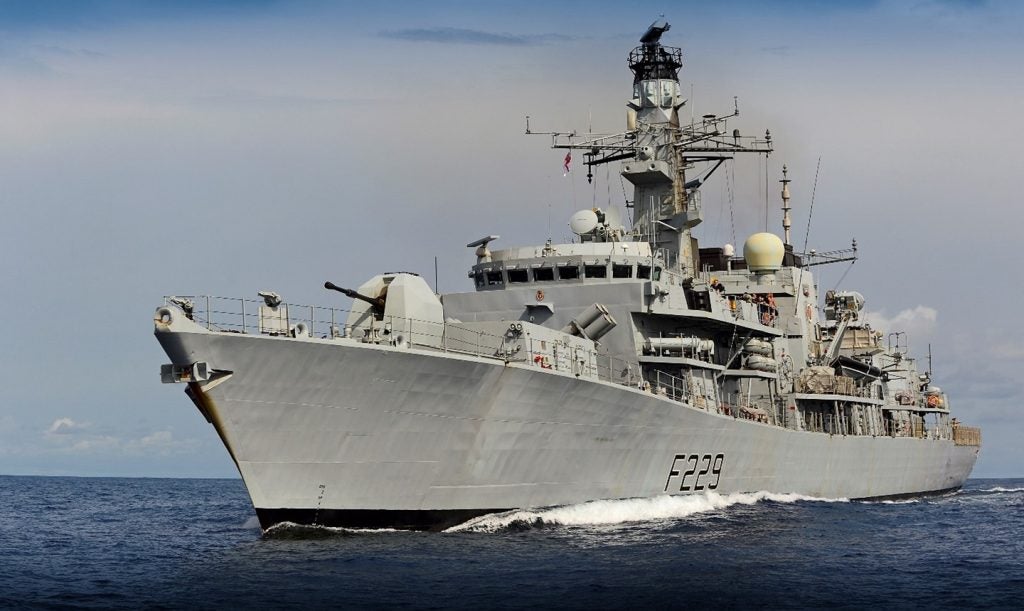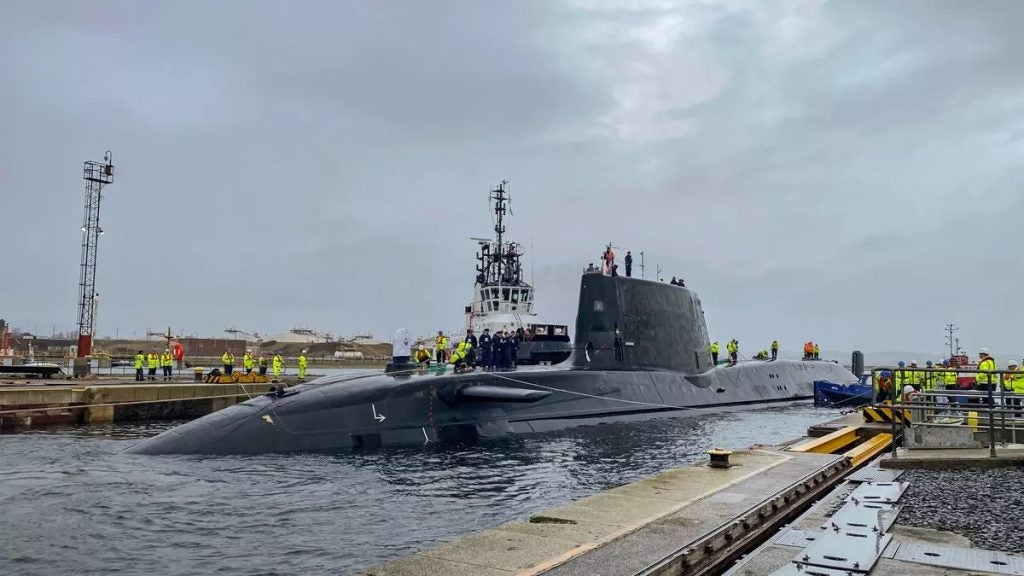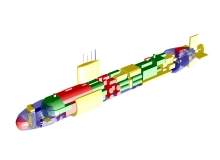

No defence acquisition is undertaken lightly, but with a predicted outlay of $36bn, more than any previous programme, the Australian Navy is being understandably cautious in considering options for a new generation of conventional submarines to replace its Collins-Class fleet by 2020. The six outgoing diesel-electric submarines were constructed between 1990 and 2003 in South Australia by the Australian Submarine Corporation (ASC). They are due to leave service from 2025 onwards and are scheduled to be replaced with an expanded fleet of 12 new boats.
The Australian Ministry of Defence was originally considering four conventional options: Military Off-The-Shelf (MOTS) with modified options; modified MOTS with systems of Australia’s choice; evolved MOTS / Collins-Class submarine; and a complete new design submarine built in Australia. The last two of these are still on the table for consideration. While allies are considering nuclear submarines for their next generation fleets, this is not currently an option for Australia, which has sufficient natural resources not to need nuclear power and consequently does not have domestic reprocessing facilities.
Submarine concept designs
The government’s Integrated Project Team (IPT) is responsible for designing option four, the new build alternative, and will develop two costed, scheduled and technically-balanced submarine concept designs for the Australian Government to consider and, through this process, foster growth of a local submarine design capability.
The SEA 1000 IPT has selected QinetiQ’s Paramarine ship and submersible design software tool to explore crucial design factors, and QinetiQ Australia is also a member of the IPT panel. Australia’s Defence Science Technology Organisation (DSTO), part of the Ministry of Defence charged with applying science and technology to protect and defend Australia and its national interests, has been using Paramarine on another programme for a few years.
See Also:
Vittorio Vagliani, managing director of QinetiQ GRC, Australia, said: "The DSTO recommended Paramarine to the SEA 1000 Integrated Project Team (IPT) working on option four because of the synergies it would create. We then met with the IPT Whole Boat Designer Leader, who it turns out had previously used Paramarine, and the rest, as they say, is history."
How well do you really know your competitors?
Access the most comprehensive Company Profiles on the market, powered by GlobalData. Save hours of research. Gain competitive edge.

Thank you!
Your download email will arrive shortly
Not ready to buy yet? Download a free sample
We are confident about the unique quality of our Company Profiles. However, we want you to make the most beneficial decision for your business, so we offer a free sample that you can download by submitting the below form
By GlobalDataThe IPT team will use Paramarine to determine design aspects such as space, weight and power, as well as system layout, stability assessment and payload capability. Further downstream, QinetiQ intends to provide expert knowledge in hydrodynamic modelling, materials analysis and signatures assessment.
According to Vagliani, the Paramarine ship and submersible design software tool is ideal for the task because it is the only integrated advanced marine design and engineering software tool available today for submarine design and analysis. QinetiQ cites its benefits as: time and cost savings through streamlined design and analysis; reduced technical risk – Paramarine produces accurate modelling results that are extensively validated against third party data; ease of use – users can develop complex designs and perform a wide range of different analyses quickly; and design support services and training support, delivered by leading field experts.
All of the other options are MOTS, which means any modelling would be carried out by the original equipment manufacturer (OEM) as the design authority. "In this case, the OEM for the Collins-Class submarine [already] uses Paramarine as its default design tool," says Vagliani.
As well as being used on the Collins-Class submarines to develop stability models and examine the influence of design changes on platform performance through life, it has also been used on a range of other international submarine projects. These include the Republic of Korea for the KSS-III, the Government of Canada for the Victoria Class submarines, BAE Systems on the UK’s Astute Class Submarines and Larsen & Toubro Limited, the builder of India’s first local nuclear submarines.
Avoiding the "Valley of Death" skills shortage
But QinetiQ’s support of the Royal Australian Navy and maritime industry extends far beyond providing design tools and skills.
In September Defence Materiel Minister Jason Clare warned in Australian Defence Magazine that "a Valley of Death" was looming for Australia’s defence industry in the stagnant years between the conclusion of the air warfare destroyer (AWD) programme and the construction of the SEA 1000 submarines. A similar dip in demand for specialist skills occurred between the end of Anzac frigate construction in 2006 and the start of AWD construction in 2009, and it proved challenging to ramp back up to full capacity afterwards.
To stem the predicted skills shortage, QinetiQ is actively supporting the Australian Maritime College (AMC) in Tasmania to produce the next generation of naval architects and engineers.
"We recently announced that AMC had selected Paramarine to assist students on a four-year Bachelor of Engineering degree that is accredited by Engineers Australia and recognised worldwide," says Vagliani.
The AMC will use the software as part of the maritime engineering training programme at its National Centre for Maritime Engineering and Hydrodynamics.
"We selected Paramarine not only because of its extensive range of capabilities and functionality but also because it is so widely used by ship and submarine builders and designers around the world." said Dave Harte, associate lecturer in Maritime Engineering and Hydrodynamics at the AMC. "We also wanted to ensure our students had exposure to and experience in using the design software used and recommended by many of our industry partners, including the Australian DOD."
Skills and software evolving in parallel
As the skilled workforce grows, Paramarine will evolve in parallel to support new applications.
"Paramarine, like any software, is continually evolving through regular updates and software releases," says Vagliani. "We are always looking to support major submarine and surface vessel acquisition programme."
With such a high-value programme as SEA 1000 under its belt, QinetiQ has every faith the market for Paramarine and Australia’s marine engineering workforce will grow hand-in-hand.
Related content
Deep secret – secure submarine communication on a quantum level
Quantum key distribution technology could enable submarines to communicate securely both at depth and speed.
Remembering D-Day: Revealing the hidden wrecks under Normandy waters
To mark the 70th anniversary of the D-Day landings next year, experts from across the globe recently completed the largest archaeological offshore map of the D-Day beaches ever created.


.gif)

